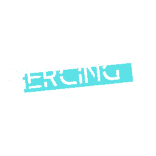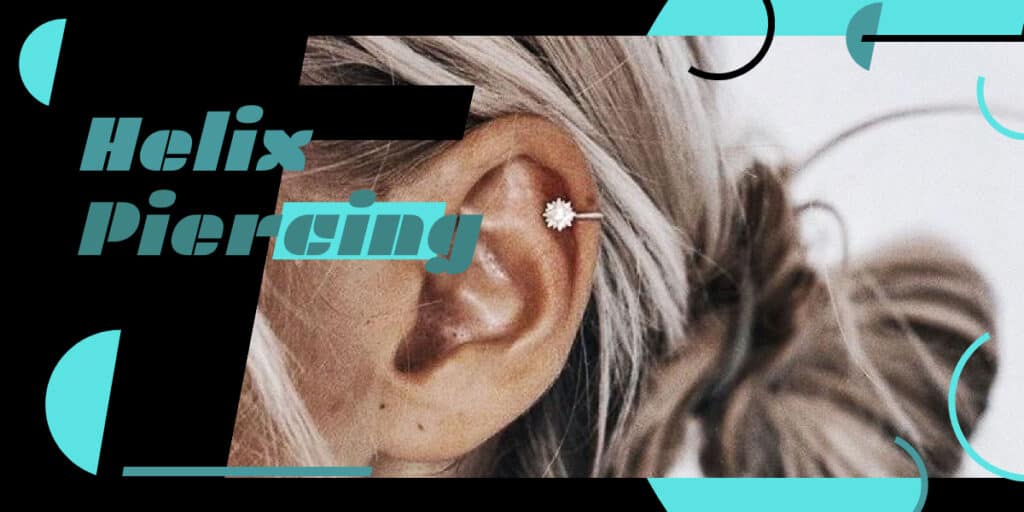What is a Daith Piercing? Everything You Need to Know
Introduction
A daith piercing (also known as a Jewish ear piercing) is a piercing of the ear cartilage that goes through to the earlobe. Traditionally, a daith piercing is done during a circumcision to commemorate the event and to provide an identification mark for the child. A daith piercing can also be done separately as an adult, and there are many different styles and colors available. In this blog post, we will cover everything you need to know about daith piercings, from the meaning and history to the pain and healing time. So what are you waiting for? Go ahead and find your perfect daith piercing style!
Daith Piercing – The Meaning
What is a daith piercing? If you’ve ever wondered what it is, or why it’s so popular, you’re in for a treat! A daith piercing is a type of body modification that involves inserting a small bead or bar into the septum between your nostrils. Celtic populations believe that this piercing brings good luck and protection from evil spirits. It’s also popular among those who enjoy the aesthetic of piercings and want to add an extra bit of flair to their look. If that’s you, then you’re in luck! A daith piercing is a type of piercing that can be done in a few short hours under local anesthesia. So, if you’re thinking of getting a piercing and want to know everything there is to know about daith piercings, read on!
Is a Daith Piercing Dangerous?
What is a daith piercing? If you’re wondering if it’s a piercing you should consider, here’s everything you need to know. A daith piercing is a small hole made in the lower lip, usually to look more exotic and romantic. It is a very popular piercing, and is gaining in popularity among young people. While it is generally safe and does not pose any health risks, there are occasional cases of swelling or infection post-piercing. If you’re thinking of getting a daith piercing, make sure to consult with a qualified piercer who will ensure that the piercing is done correctly and does not cause any long-term health risks.
Is a Daith Piercing Painful?
Daith piercings (also known as a daith piercing) are gaining popularity as they are really cool and trendy. It’s usually done in the middle ear, and can look really cool on someone! Most people enjoy their piercings, so don’t be afraid to go ahead and get one! The pain from a daith piercing depends on how sensitive you are to pain, but it shouldn’t be too bad if you’re prepared for it. Remember to take ibuprofen before getting the piercing done as it will help reduce the pain. If you have any other questions about a daith piercing, don’t hesitate to ask your piercer!
How Long Will It Take for the Piercing to Heal?
A daith piercing is a popular Celtic body piercing that involves two small holes being made in the earlobe. Healing time for this type of piercing is typically around six to eight weeks, but can take up to twelve weeks in rare cases. If you experience any symptoms related to the piercing such as pain, swelling, discharge, or redness anywhere on your body near the Piercing site, it’s important to seek medical attention. If there are any complications during the healing process, such as infection, they will need to be treated with antibiotics intravenously or by surgery. So, if you’re considering getting a daith piercing, be sure to do your research and speak to a piercing specialist to find out more about the healing process and potential complications.
Frequently Asked Questions
Can I get a daith piercing if I have sensitive skin?
Yes, a daith piercing can be done on sensitive skin provided that you go for an experienced piercer. A daith piercing is simply a cartilage piercing that involves placing two needles through the cartilage just below your earlobe. The pierced area heals quickly and feels barely noticeable once it’s healed up – making it one of the most popular piercings.
Is it safe to walk or swim with my pierced ear open?
Yes, it is safe to swim and walk while your piercing is open as long as the earring is in. When the earring is in place, it rests on top of the piercing and keeps it closed.
How often should I clean my daith piercing?
Whenever you feel like it, clean your daith piercing with warm water and a mild soap. This goes for all piercings located in the mouth, as piercings on other parts of your body are typically more delicate. If anything feels uncomfortable or seems infected, be sure to get it checked out by a professional right away.
Are there any other benefits to having a Daith Piercing?
So, besides the obvious cosmetic benefits of having a Daith Piercing – such as the appearance of a decorative piercing in your upper lip – there are other benefits that you may not have known about. For example, a Daith Piercing can be done with either healthy or unhealthy skin. This means that you can get it done without any concerns about your skin health and it will heal up just fine. Additionally, a Daith Piercing can increase your sexual pleasure and confidence. This is because it gives you a better sense of awareness when performing oral sex on someone else. Additionally, many people say that it increases their overall sexual experience overall.
What is the difference between a daith piercing and other piercings?
A daith piercing is a type of facial piercing that goes through the septum – which is the fatty tissue that separates your nostrils. They are considered to be one of the most unique and beautiful piercings because it gives you a slightly different look. They also come in various shapes and sizes, so everyone can find their perfect fit.
Conclusion
A daith piercing is a unique piercing that is popular in the Indian community. This piercing is also known as a “thunderbolt” piercing, as it resembles a lightning bolt. There are many reasons why someone might choose to get a daith piercing, including body artistry, religious reasons, or as a symbol of love. Regardless of the reason, make sure to ask your piercer about all of the risks and benefits of getting a daith piercing before making your decision. In addition, be sure to follow up with your piercer after the piercing has healed to ensure that it’s healing well and that you’re happy with the results. Thank you for reading!


